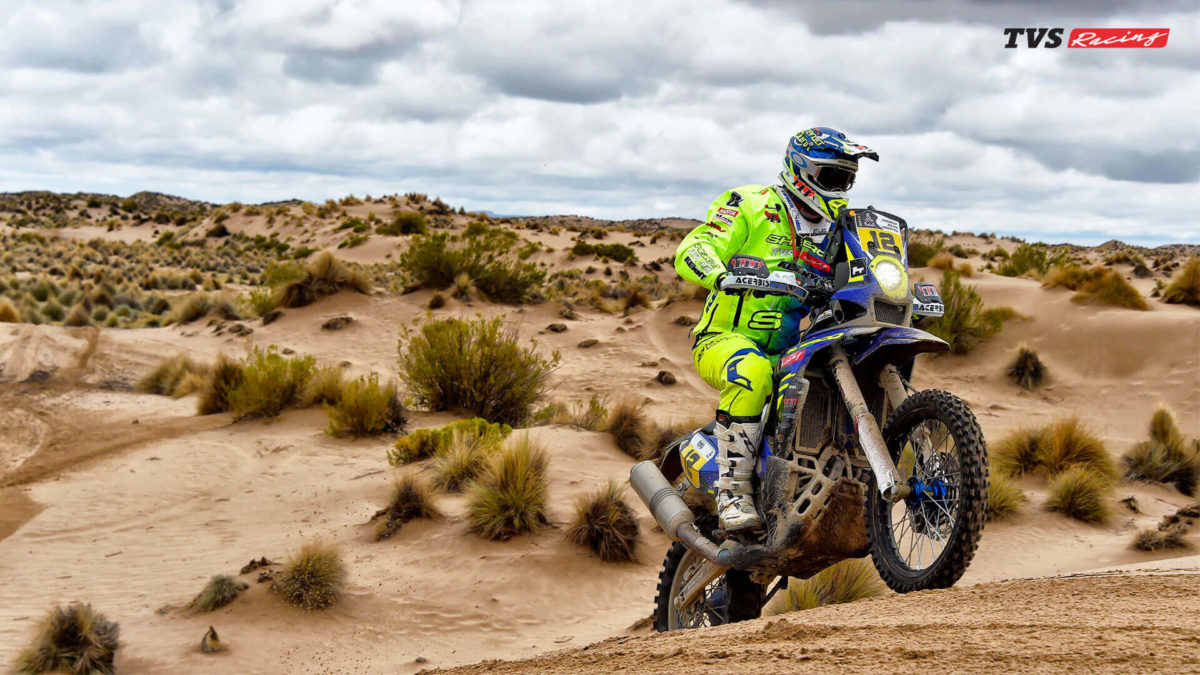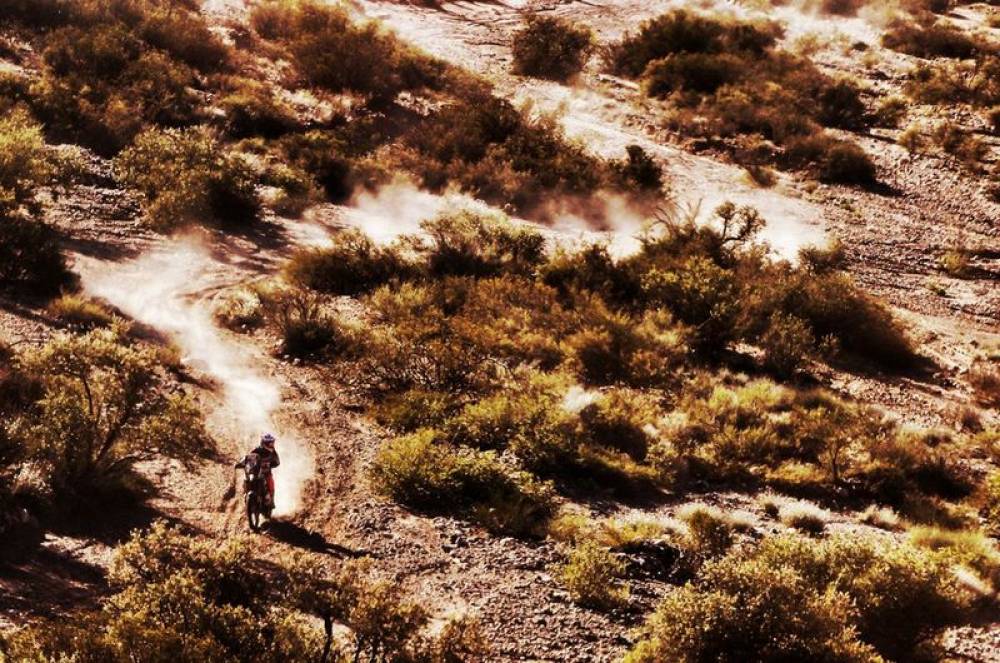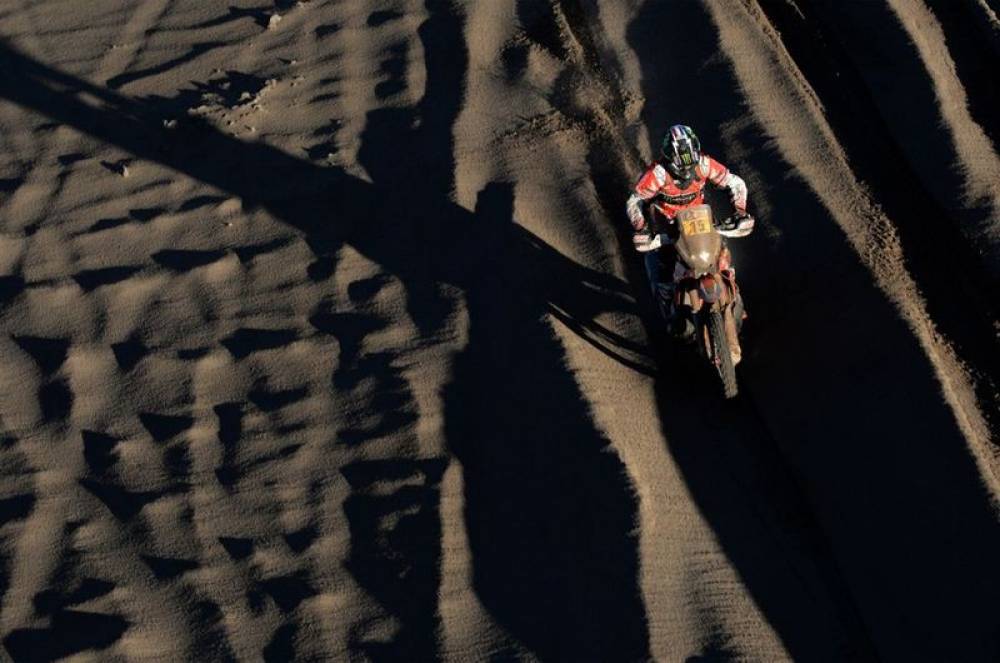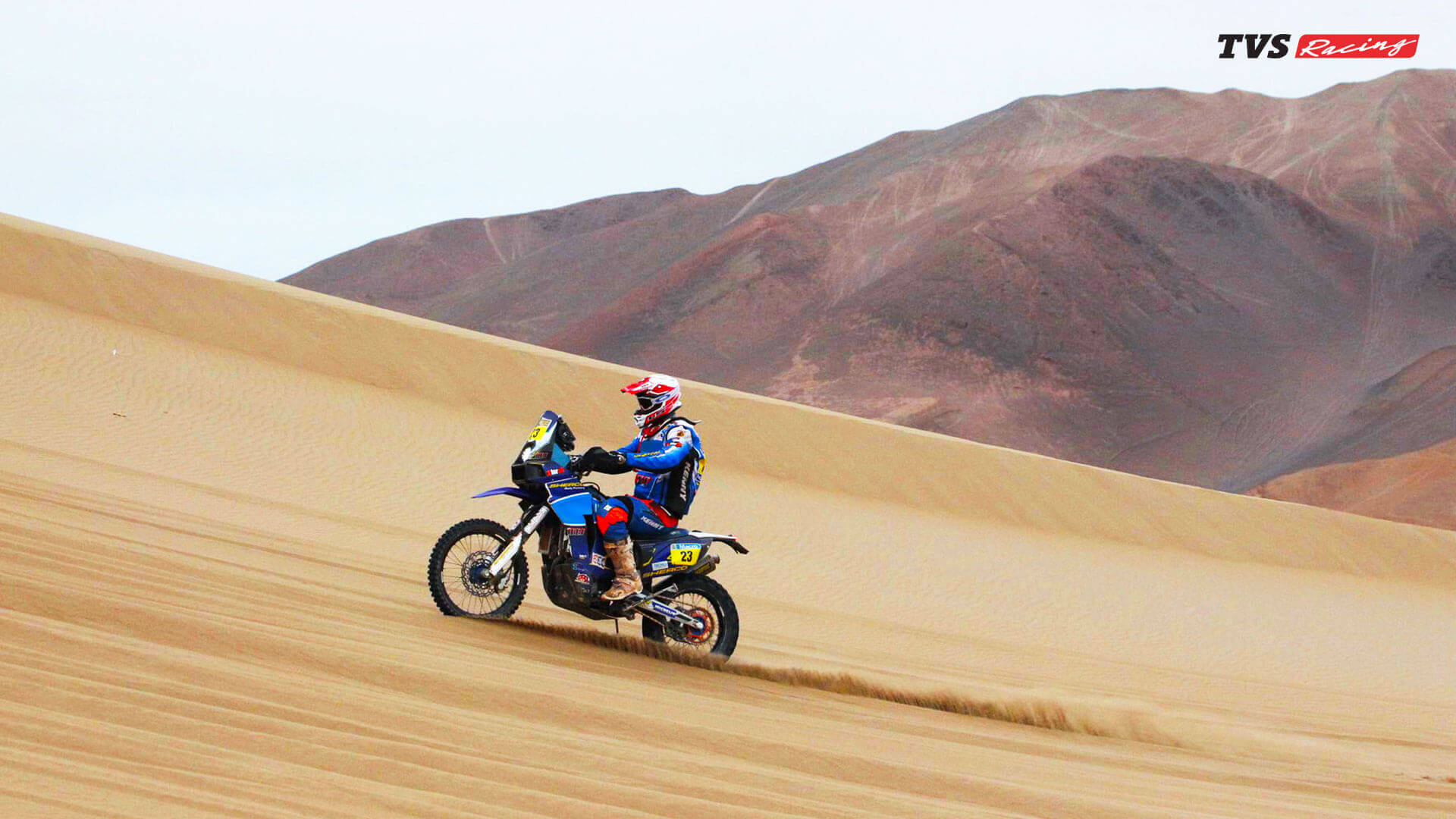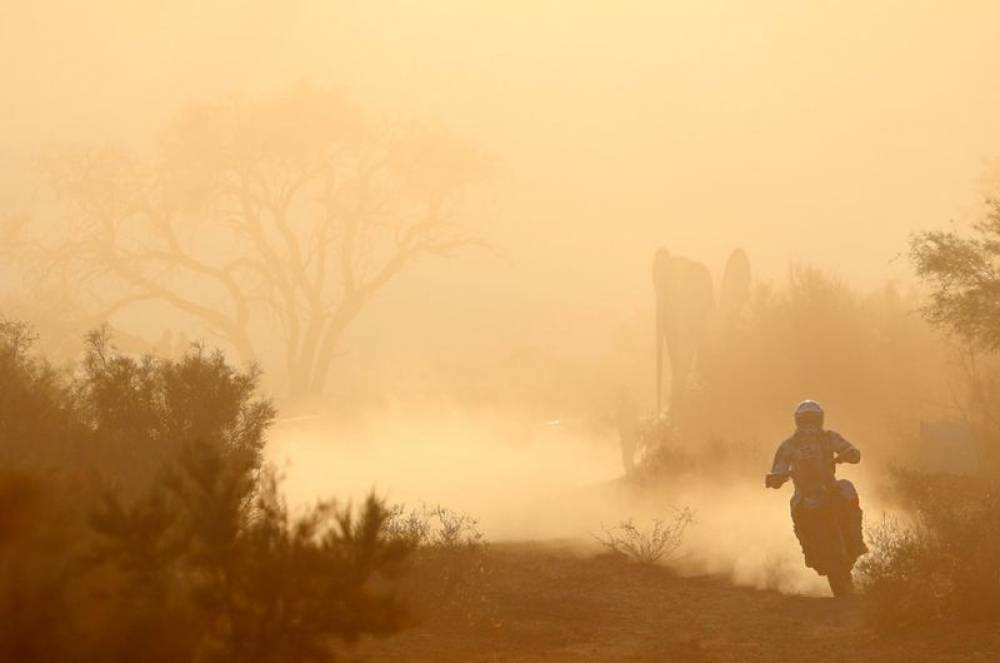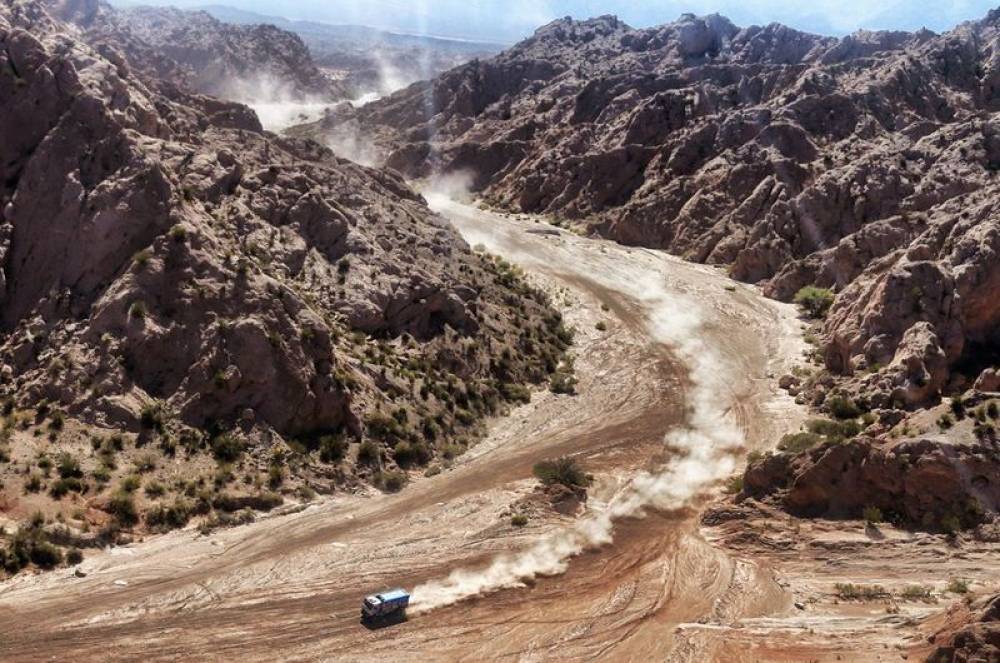Since 1978, the Dakar Rally has been carving new and wiping away old lines on the palms of its contestants. Over the years. many bones have disappeared and grown as the rally tests the grit of Men, Women and their machines while they race against time, fatigue, and forces of nature to cover extreme distances on mostly non-existent routes on a map. Such is the extreme nature of the event, only a few have triumphed, many took the ultimate fall, and even those who managed to see the finish line are regarded as one of the greatest.
The event borrowed its name from the destination where the first ever rally culminated in 1978. It ran from Paris, France, to Dakar in Senegal. In 2008, security threats in Mauritania led to the cancellation of the rally that year and races since 2009 have been held in South America. Open to amateurs and professionals alike, the former typically add up to about eighty percent of the participants.
The terrain which participants encounter during the Dakar is much tougher than what one would witness in conventional rallying. There’s not much information about what lies ahead and participants and their machines go through an extreme endurance test, which they have to face every single day for two weeks straight! The distances of each stage covered vary from 273 km being the shortest to a bone shrinking 907 km! The categories of machines which participants may enrol under are Bikes/Quad, Car/SXS(SSVs/UTVs) and Truck.
All the vehicles which hit the dirt during the rally are purpose-built to take on the challenges of the event rather than being modified on-road vehicles. Most of the spectacular helicopter shots you’d see from the event will include vehicles attacking dunes, rocks, mud, gravel, inclines, sheer drops and nearly everything that will break normal axles and everyday bones within seconds.
For its 40th edition, the Dakar Rally will be held in South America this year for the 10th time. It will start in Lima, Peru, allow a rest day in La Paz, Bolivia, and then make the contestants gun it towards the finish line in Córdoba, Argentina. Spread across 14 stages, the event will cover a distance of almost 9,000 km, among which, 7 stages are 100% dunes or off-road. With over 4,500 km of special stages, there will be one marathon stage for all categories, another for bikes and quads only, and participants and their machines will spend more than 5 days at an altitude of more than 3,000 metres in the Andes!
India’s very own Aravind KP and CS Santosh have already made an arduous trans-Atlantic journey to compete in the gruelling event along with their purpose built bikes. Where Aravind KP will test the extreme limits of his skills and the capabilities of the TVS-Sherco RTR 450, Hero Motocorp’s CS Santosh will be astride the new RR 450, both announcing the serious arrival of the Tricolour and Indian manufacturers in the International Motorsports arena. This will be Aravind’s second outing at the Dakar Rally, where his debut was curtailed last year after a crash during stage 3 seriously damaged his right shoulder. On the other hand, a gritty CS Santosh, who is also the first Indian to compete in the history of this magnanimous motorsport event, will be vying for top honours after he crossed the line as the 47th successful finisher astride the debutant Hero bike last year.
About this 40th edition, Marc Coma – Sporting Director of the Dakar says,”Coming back to Peru, and for longer than in 2012 and 2013, has given us the opportunity to explore unknown territory. Competitors will be faced with all the different landscapes of the country, setting high standards right from the very start of the Dakar. The Bolivian stretch—physically demanding yet offering stunning landscapes—will test the adventurers to the limits of their endurance. But decisive challenges will still await them in Argentina, where the Dakar Rally theoretically reaches its most difficult part with the Super Fiambala stage. This is where racers will need to stand out from the crowd if they hope to triumph in Córdoba.”
From the moment the flag drops on the 6th of January 2018 in Lima, until January 20th, 2018, when it is waved again in Córdoba, we will be covering the event to bring you all the action from every single one of those 14 challenging stages. Stay tuned, flaunt your support for your favourite team and racer, and cheer them as they hunt the chequered flag down at what truly is a spectacular and one-of-a-kind event.

